Elsabe Kloppers
Techniques for Management of Habituated Elk in Banff National Park
email: Elsabe_Kloppers@pch.gc.ca
|
|
Elsabe Kloppers Techniques for Management of Habituated Elk in Banff National Park email: Elsabe_Kloppers@pch.gc.ca
|
Abstract:
Concentrations of habituated elk (Cervus elaphus) near high human-use areas can cause serious ecological and public safety concerns. To restore natural processes and reduce risk to the public, managers in Banff National Park, Alberta, approved the use of elk management techniques including local relocations and aversive conditioning with both humans and herding dogs. My research seeks to determine the most effective aversive conditioning technique for increasing elk flight response from humans, vigilance, and shifting home range away from human-use areas. I will compare human and dog conditioning methods on the basis of number of treatments required until significant change is seen, rates of behavioural extinction, stress levels and cost effectiveness. I will also evaluate the local relocation techniques employed in the winter of 2000-01 for re-dispersing elk throughout the Bow Valley of Banff National Park. The results of this research are expected to provide wildlife managers with recommendations for the most effective, efficient and least-intrusive techniques for managing habituated ungulates near human-use areas. As aversive conditioning with these techniques has not rigorously been tested on ungulates, my research will also provide new insight into the behavioural response of habituated ungulates to operant conditioning.
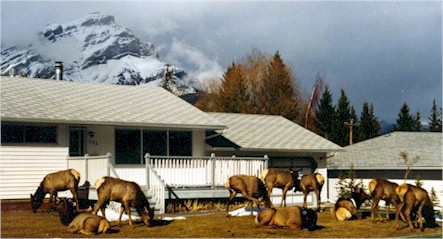 |
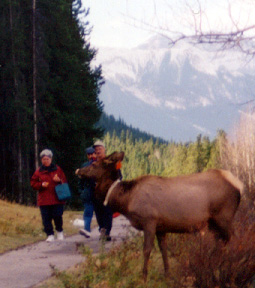 |
|
Urban
elk
|
Elk-human
interface
|
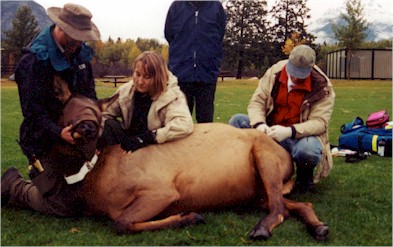 |
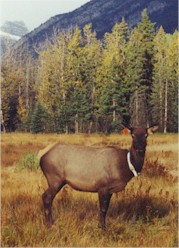 |
|
Elk
collaring team
|
Collared
study elk
|
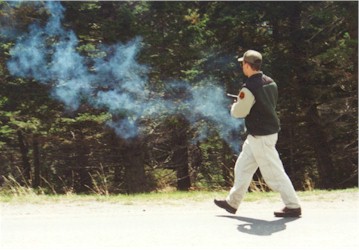 |
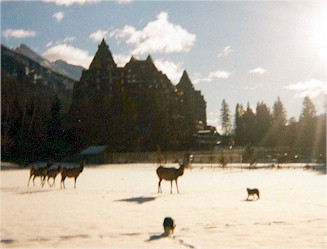 |
|
Human
conditioning
|
Dog
conditioning
|
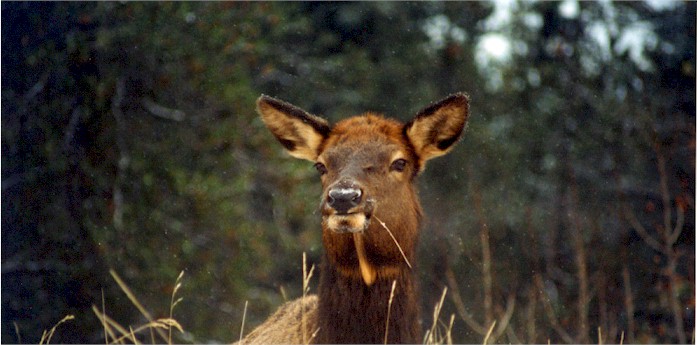 |
|
Vigilance
levels
|
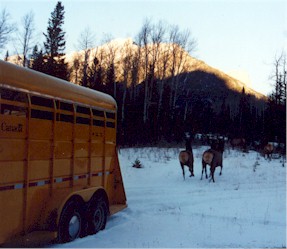 |
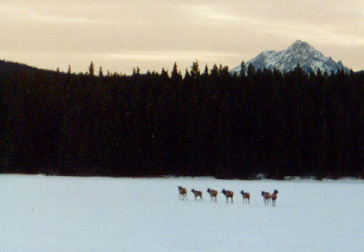 |
|
Local
Relocation Carrot Creek
|
Local
Relocation Two Jack Lake
|